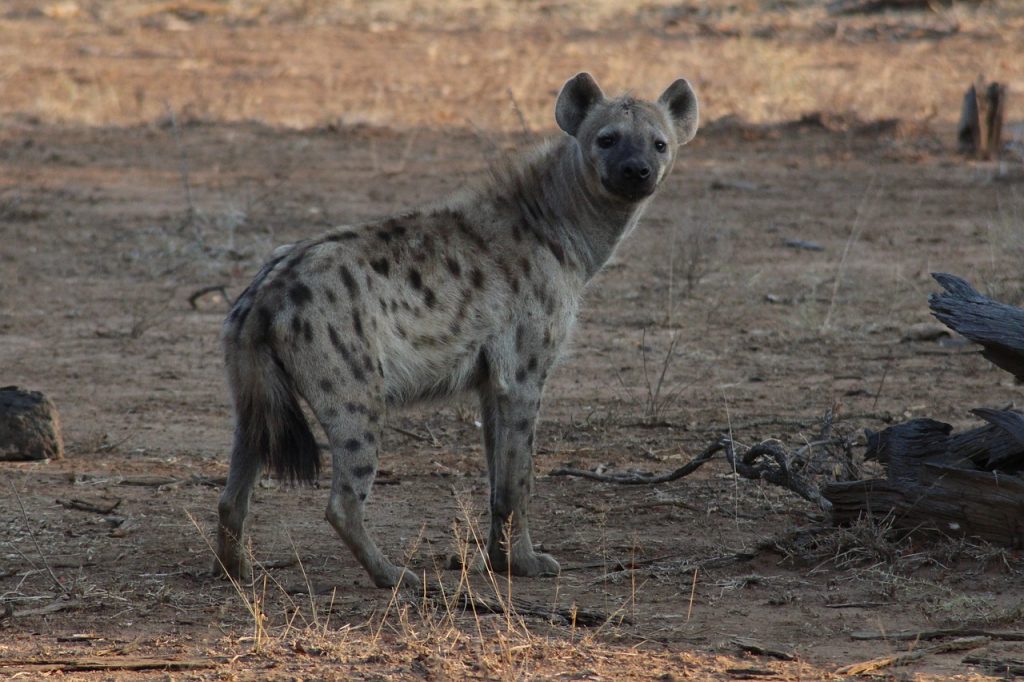Deciphering the World of Hyenas

Hyenas are enigmatic creatures that often elicit mixed emotions among humans. They are simultaneously admired for their intelligence and despised for their scavenging behavior. However, there is much more to these remarkable creatures than meets the eye. In this article, we will delve into the world of hyenas, exploring their unique biology, social structure, and ecological significance.
Hyenas: Beyond the Laugh

Understanding the Hyena Family
Hyenas belong to the family Hyaenidae and are divided into four species: the spotted hyena (Crocuta crocuta), the brown hyena (Hyaena brunnea),https://wildstreakofnature.com/all-you-need-to-know-about-the-striped-hyena/ the striped hyena (Hyaena hyaena), and the aardwolf (Proteles cristatus). The spotted hyena, with its distinctive spotted coat, is the largest and most well-known member of the family.
Biology and Adaptations

Physical Characteristics
Spotted hyenas are renowned for their robust build and strong jaws. They possess sharp teeth and powerful neck muscles, making them formidable predators. Their front legs are longer than their hind legs, giving them a hunched appearance, which aids in efficient scavenging.

Social Structure
Hyenas are highly social animals, living in groups known as clans. These clans are matriarchal, with dominant females leading the group. Social hierarchies within clans are maintained through complex interactions, including vocalizations and body language.
Unique Vocalizations
Hyenas are known for their eerie laughter-like vocalizations, which can be heard for miles. These calls serve as a means of communication within the clan, enabling them to coordinate hunts and defend their territory.
Ecological Role

Scavengers Extraordinaire
Hyenas play a crucial role in ecosystems as scavengers. They help maintain the balance of nature by cleaning up carrion that would otherwise attract disease and pests. Their powerful jaws can crush bones, allowing them to access the nutritious marrow inside, which is a resource few other animals can exploit.

Predators with a Twist
While often labeled as scavengers, hyenas are also skilled hunters. They can take down prey much larger than themselves, including wildebeest and zebras. Their adaptability and ability to exploit a wide range of food sources make them vital components of their ecosystems.
Conservation Status and Threats

Hyenas face several threats in the wild. Habitat loss due to human encroachment is a significant concern, as it reduces their natural hunting grounds. Additionally, they are sometimes persecuted by humans who view them as threats to livestock. Conservation efforts are crucial to ensure the survival of these remarkable creatures.

Hyenas, with their complex social structures, remarkable adaptations, and crucial ecological roles, are more than just scavengers with a haunting laugh. They are intelligent, resourceful creatures that have evolved to thrive in challenging environments.
Understanding and appreciating the significance of hyenas in their ecosystems is essential for their conservation and for maintaining the delicate balance of nature. These creatures remind us that even the most misunderstood animals have a vital role to play in the intricate tapestry of life on Earth.











